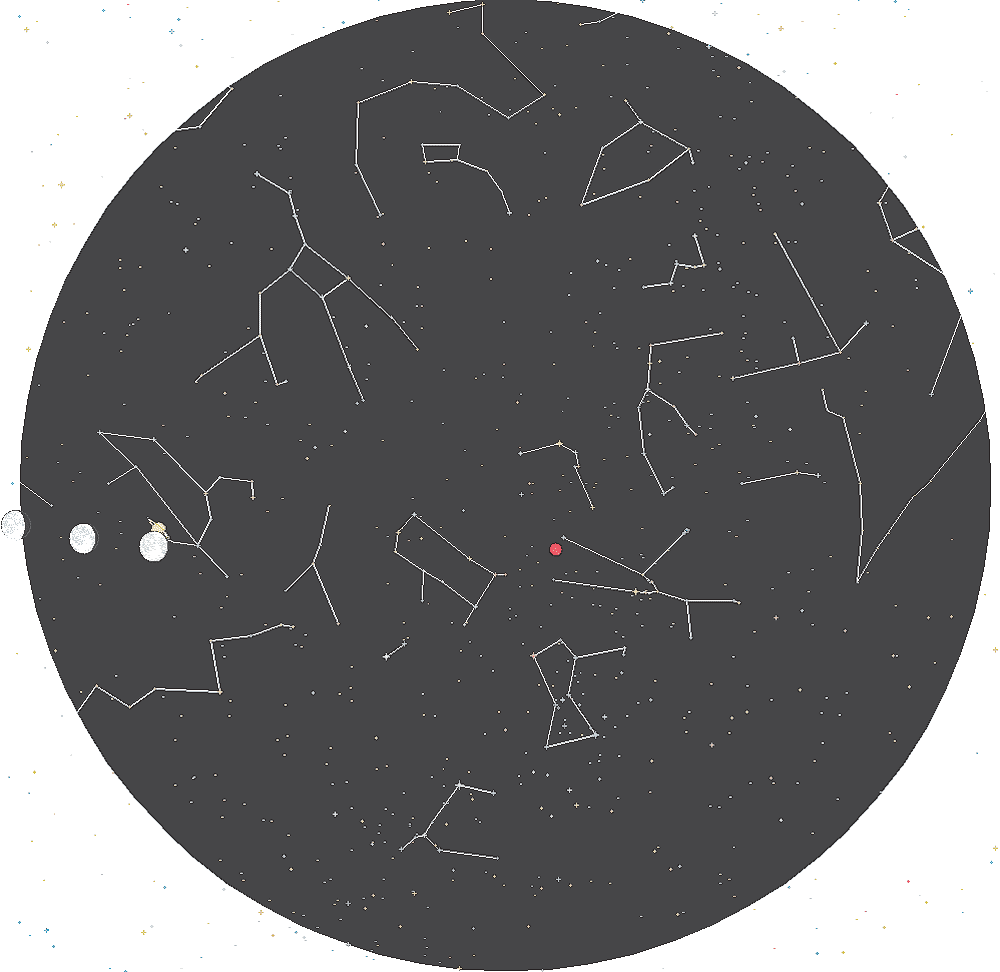|
|
|
||||||||||
|
|||||||||||
|
|||||||||||
First Planet from the Sun After 30-plus years, we’re seeing Mercury in a whole new light As the sun sets a little before 5:30 this week, Mercury appears as a steady light low in the west-southwest before setting around 6:30. Never straying more than 28 degrees from the glare of the sun, Mercury is elusive and not an easy planet to spot. Other planets spend much of the time in darkened skies, allowing for detailed telescope observations. Not so with Mercury. It wasn’t until the 1960s, with the advent of radar imaging, that scientists began to learn more about this planet. Then, from 1974 to 1976, the Mariner 10 space probe sent detailed images back to Earth, revealing more about the scorched planet and mapping about 45 percent of its surface. Even so, we know less about Mercury than any other planet in our solar system. Now, 33 years later, we are learning more, as NASA’s Messenger space craft passed Mercury last week. In addition to photographically mapping the entire surface, astronomers hope to determine whether ice remains trapped at the planet’s frozen poles — not what you’d expect from a place where daytime temperatures average 800 degrees Fahrenheit. But taking seven Earth days to complete one rotation, the planet has long nights, and its dark side cools to –350 degrees. Unlike Earth, Mars and Venus, Mercury’s scarred and cratered surface has changed little since the birth of the solar system, providing scientists a glimpse back in time as to how Earth likely formed. More clues will emerge, but not immediately, as it will take Messenger three more years to establish a stable orbit around Mercury. Illustration: © Copyright 1925 M.C. Escher/Cordon Art-Baarn-Holland; Graphics: © Copyright 2007 Pacific Publishers. Reprinted by permission from the Tidelog graphic almanac. Bound copies of the annual Tidelog for Chesapeake Bay are $14.95 ppd. from Pacific Publishers, Box 480, Bolinas, CA 94924. Phone 415-868-2909. Weather affects tides. This information is believed to be reliable but no guarantee of accuracy is made by Bay Weekly or Pacific Publishers. The actual layout of Tidelog differs from that used in Bay Weekly. Tidelog graphics are repositioned to reflect Bay Weekly’s distribution cycle.Tides are based on National Oceanic and Atmospheric Administration and are positioned to coincide with high and low tides of Tidelog. |
|||||||||||
|
|||||||||||
|
|
|||||||||||
|
© COPYRIGHT 2008 by New Bay Enterprises, Inc. All rights reserved. |
|||||||||||



